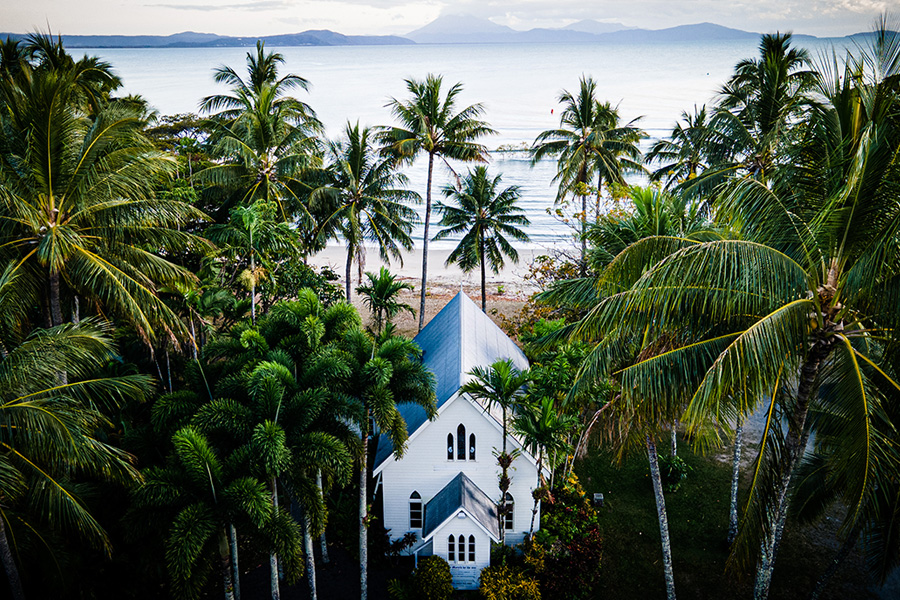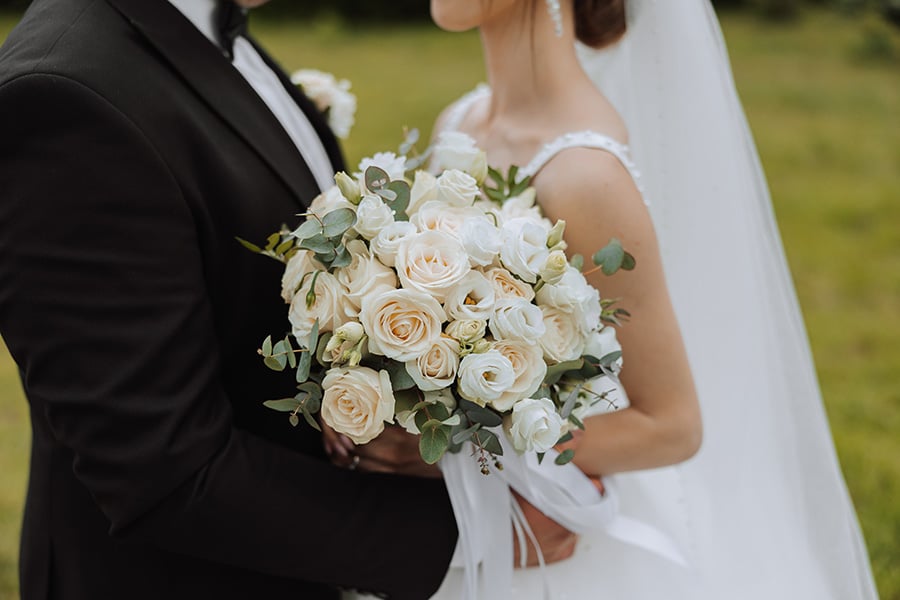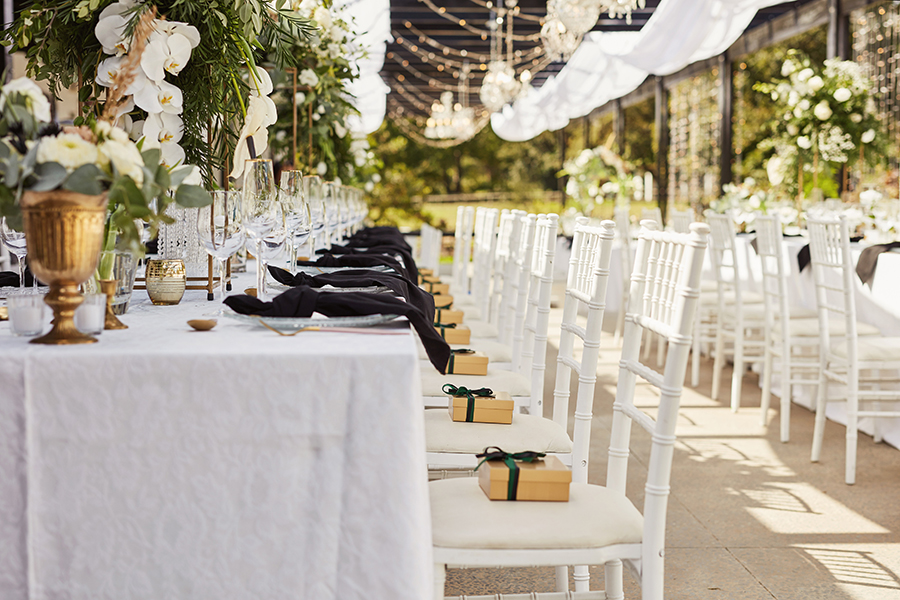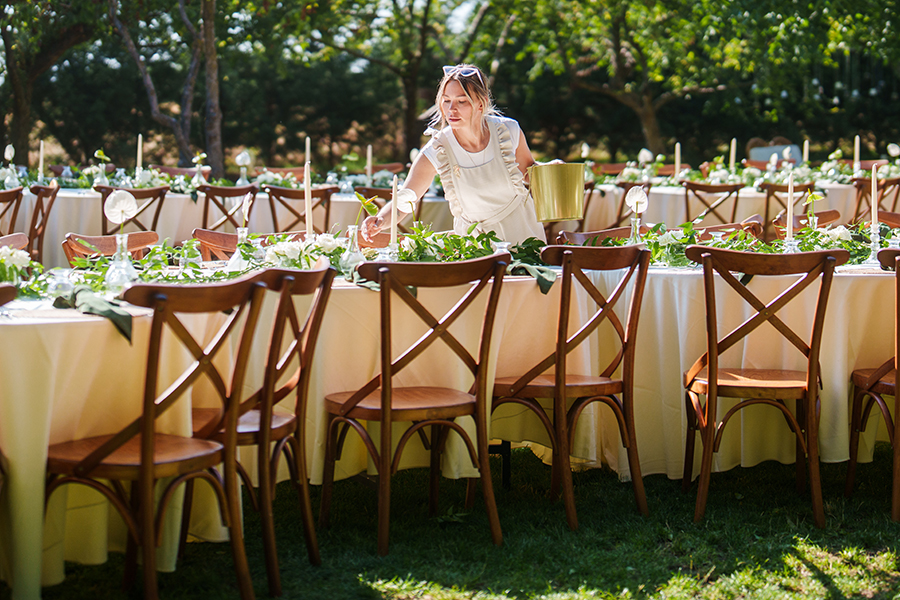Your guide to finding the right floral partner for your big day
Flowers have the power to transform your wedding - setting the mood, enhancing your venue, and expressing your personal style. Whether you dream of a romantic garden ceremony or a modern minimalist aesthetic, your wedding florist plays a key role in bringing that vision to life. But with so many florists offering different styles, packages, and price points, how do you choose the right one?
Here’s everything you need to know to find a florist who fits your vision, vibe, and budget.
1. Know Your Style and Floral Needs
Before you meet with any florists, take some time to define your style and floral priorities. Do you love lush, romantic arrangements or prefer sleek and simple designs? Are flowers a major focal point of your wedding, or just an accent?
Start gathering inspiration:
- Browse Pinterest, Instagram, and real wedding blogs.
- Save photos of bouquets, table arrangements, arches, and ceremony backdrops you love.
- Take note of color palettes, flower types, and overall vibe.
Also consider what floral items you’ll need. The basics typically include:
- Bridal bouquet
- Bridesmaid bouquets
- Boutonnieres
- Ceremony arrangements
- Reception centerpieces
- Cake flowers or floral installations
If you’re unsure, a good florist will help you figure this out based on your venue, guest count, and layout.
2. Set a Realistic Budget
Wedding flowers typically account for 8–15% of your total budget. Your budget will influence your options - not just how many flowers you can afford, but which florists you can work with.
Be upfront about your budget when speaking with potential florists. The right professional will respect your limits and suggest creative ways to maximise impact without overspending, such as:
- Reusing ceremony flowers at the reception
- Focusing blooms on key focal areas
- Mixing premium flowers with more affordable greenery or seasonal options
3. Research and Shortlist Florists
Once you have your vision and budget in mind, start researching florists in your area. Look at:
- Their portfolio and signature style
- Client reviews and testimonials
- Instagram feeds and recent real weddings
- Whether they specialise in weddings and large-scale events
If a florist’s style doesn’t match your taste, or they don't seem responsive and organised, they’re probably not the right fit.
Shortlist 2–3 florists who:
- Offer designs you love
- Have positive reviews
- Are available on your date
- Fall within (or close to) your budget
4. Schedule Consultations
A consultation - often via phone or in person - is your chance to share your vision and get a feel for the florist’s personality and professionalism.
Prepare to discuss:
- Your wedding date, venue, and timeline
- Your color palette and overall theme
- The floral inspiration you’ve gathered
- Your budget and guest count
A great florist will listen attentively, offer creative ideas, and explain how they work. They may also show you sample arrangements or floral mood boards to visualise your ideas.
Don’t forget to ask important questions like:
- Do you have a minimum spend?
- Do you deliver and set up at the venue?
- What’s included in your quote (vases, candles, rentals)?
- What happens if a flower is unavailable due to season or supply?
5. Review Proposals Carefully
After your consultation, you’ll typically receive a proposal outlining:
- Itemised floral arrangements
- Design concepts and materials
- Labour, delivery, and breakdown fees
- Payment schedule and terms
Compare proposals not just by cost, but by how well they reflect your vision. One florist might be more expensive, but offer better service, more experience, or unique design touches.
If something doesn’t make sense, don’t hesitate to ask for clarification or revisions.
6. Trust the Florist You Connect With
At the end of the day, choose a florist you feel comfortable with. You’re trusting them with one of the most visual parts of your wedding, and communication is key.
Look for someone who:
- Understands your style and priorities
- Is transparent about pricing and logistics
- Offers suggestions while respecting your input
- Makes you feel at ease and inspired
If you’re torn between two options, go with the florist who feels most like a partner—not just a vendor.
Final Tips
- Book early. Good florists book out 6 -12 months in advance, especially in peak seasons.
- Be flexible. Trust your florist’s expertise when it comes to seasonal blooms and design tweaks.
- Stay open to alternatives. Sometimes, the best magic happens when you let the pros get creative.
In Bloom, In Love
Selecting your wedding florist is more than checking a box on your planning list - it’s choosing someone who will help shape the visual storytelling of your big day. With the right partner, even the simplest bouquet can become something deeply meaningful and unforgettable.
Happy planning - and may your wedding be as beautiful as the flowers you choose!





